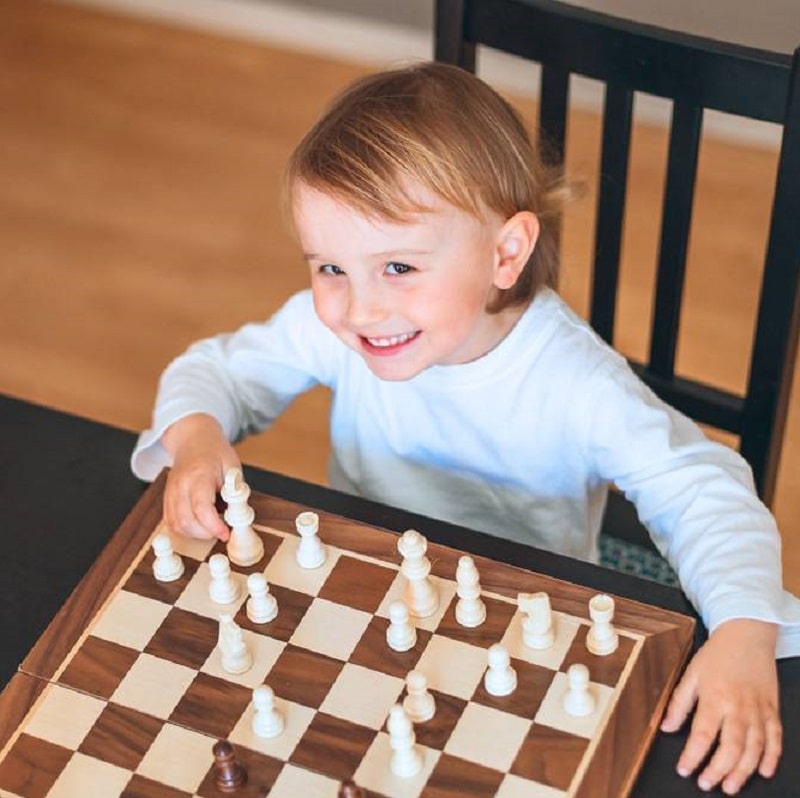Chess is a popular intellectual board game with a long history. It teaches planning, logic, builds character, increases perseverance and makes people more attentive.
Chess has its own name in different countries. The English call it chess, the French call it echecs, and the Spanish call it el axedres. The Russian name is based on the Tajik expression shah mate. Its literal translation is: “the ruler is defeated.
Roots in India
It is believed that chess first appeared in India. Legend has it that it was invented by a member of the higher varna, a brahman. Exactly what is known is that the first game similar to modern chess appeared in northwestern India. It took place at the beginning of the VI century. The game was called chaturanga. Two pairs of people, i. e. 4 people, played the game. They made moves after throwing dice and according to the results. Each of the players could move their king, bishop, knight, rook and one of the four pawns. Unlike modern chess there were no queens in Chaturanga. To win in this game, it was necessary to beat all the opponent’s pieces.
An Arabian variation
The Arabs borrowed Chaturanga from the Hindus between the 6th and 7th centuries. After the transformation, it was played by only 2 people, but each of them had to manage two sets of pieces. As a result one of the kings was transformed into a queen. Moves began to be played by turns rather than by rolling dice. In Arabian version the winner was the one who mate or checkmate his opponent.
In Arabs the transformed game was called shatranj. Officially confirmed date of the first mention of the Arabian version of chess is 550. The game is also mentioned in a Persian manuscript under the name “Karnamuk”, but it already happened in 600.
In 819, Caliph al-Ma’mun was the supreme ruler in Khorosan. He held the first shatradnj tournament. Three of the strongest players of that period participated in the game. Al-Alli wrote the first chess manual almost 30 years after the tournament.

Ancient Russian chess
In 820 shatranj has got to the territory of Russia from Arabs through Tajiks. The names of chess pieces practically have not changed. At least they had the same meaning as the Arabs. In the rules changes appeared in the territory of Russia only after they were modernized by Europeans. It was because of their transformation that Old Russian chess evolved into the modern version of the game.
Chess in European countries
Chess came to Spain after the Arabs conquered the country. This happened in the VIII-IX century. After that the Portuguese, Italians and French began to play shatranj. In all European countries the game has spread to the beginning of the XI century. It was in Europe châtrange was transformed into the modern version of chess, but the final modification occurred, in general, only by the XV century. At the same time the first European chess book appeared in 1283.
The Church against the game of chess
The Church believed that chess was a game of chance. It equated it with drunkenness. In 1161 an edict was even issued by Cardinal Damiani, which forbade the clergy to play chess. The game was opposed by bishops, heads of Protestant churches, kings of Poland, England and France. The Russian Orthodox Church was also against chess. If anyone broke the ban, he was excommunicated.
In Russia, as in Europe, chess was gaining popularity among all estates, including the clergy. The ban on playing them was actually lifted in Russia around the 17th century. Ivan the Terrible was fond of chess. During the reign of Alexei Mikhailovich the game was popular with courtiers and diplomats. During the reign of Peter the Great, chess was always played at assemblies.

